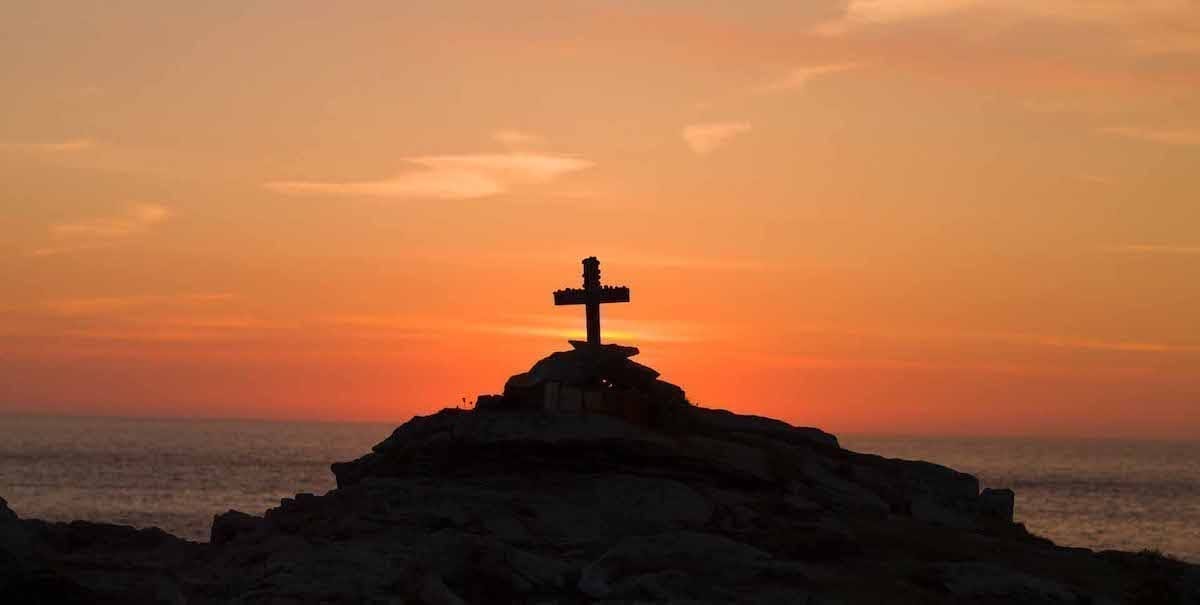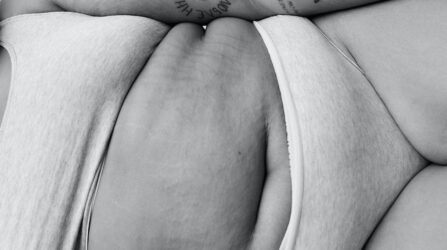Home > Lifestyle > Empowerment > Series: Women in Positions of Power: Religion


Recently, I have been re-watching the Vicar of Dibley, which growing up was, and remains, one of my favourite shows. Watching it again now, I better understand how revolutionary it was when it first came out. Women were not often seen in religion as leaders. In fact, when women first entered the church, it wasn’t easily accepted, not by the residents of Dibley, and not by many others.
Over time, we’ve become more accepting of, even celebrating, women in the church, as our vicars and bishops. But across the world, adjusting to having women as leaders of religious gatherings has been challenged and disputed.
Looking beyond nuns and nurses, whose power extended medically more than religiously, how has the history of women in roles of religious leadership changed over time?
Due to the high presence and importance of female deities and goddesses, women in the Ancient world held more religious power than in current monotheistic religions and societies.
Priestesses held a great deal of power, owning property and doing business.
So why are so many people reluctant to see women leading religious groups and gatherings? Why so people still struggle with seeing women in religion? It’s a question that pulls from so many different angles of society and history, from patriarchal ideologies that oppress and prevent, to the position of women actually within monotheist religions.
In a paper by Mary Farrell Bednarowski, she answers this by focusing on the marginalised religious movements that welcome women in leadership roles, and what it as about these religious that have such positive relations towards women: “These marginal groups are characterized by (1) a perception of the divine that deemphasizes the masculine, (2) a tempering or denial of the doctrine of the Fall, (3) a denial of the need for a traditional ordained clergy, and (4) a view of marriage which does not hold that marriage and motherhood are the only acceptable roles for women.”
Ergo, religions that are evolving with their societies and cultures toward more equal perceptions of men and women have more positive relation towards women in powerful positions in religion. And vice versa. In societies where inequality prevails on deeper levels, the struggle for women to rise into positions of power in religion will be felt more.

-


Dr Singh is the Medical Director of the Indiana Sleep Center. His research and clinical practice focuses on the myriad of sleep.

What does spotting before your period look like? Spotting is a few drops of blood on your underwear that are not enough to soak a pad. It’s typically brown, light pink, or red and may only be noticeable on a

Postpartum hormonal changes: What are they? Postpartum hormonal changes occur when your body experiences shifting hormone levels after birth. After your baby is born, the doctor removes the afterbirth or placenta, which sends signals to your body that you’re no

What is ovulation fatigue? As women, we can get numerous symptoms throughout our menstrual cycles. One question we’re asked is, “Why do you get tired during ovulation?” For some, the answer could be ovulation fatigue. Ovulation fatigue is when you
Hormona© 2025, All Rights Reserved
| Cookie | Duration | Description |
|---|---|---|
| cookielawinfo-checkbox-analytics | 11 months | This cookie is set by GDPR Cookie Consent plugin. The cookie is used to store the user consent for the cookies in the category "Analytics". |
| cookielawinfo-checkbox-functional | 11 months | The cookie is set by GDPR cookie consent to record the user consent for the cookies in the category "Functional". |
| cookielawinfo-checkbox-necessary | 11 months | This cookie is set by GDPR Cookie Consent plugin. The cookies is used to store the user consent for the cookies in the category "Necessary". |
| cookielawinfo-checkbox-others | 11 months | This cookie is set by GDPR Cookie Consent plugin. The cookie is used to store the user consent for the cookies in the category "Other. |
| cookielawinfo-checkbox-performance | 11 months | This cookie is set by GDPR Cookie Consent plugin. The cookie is used to store the user consent for the cookies in the category "Performance". |
| viewed_cookie_policy | 11 months | The cookie is set by the GDPR Cookie Consent plugin and is used to store whether or not user has consented to the use of cookies. It does not store any personal data. |
